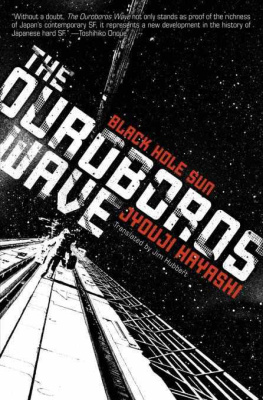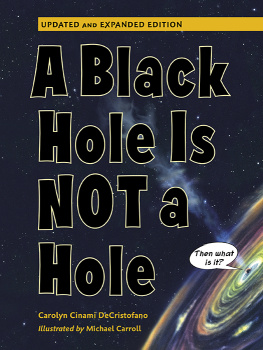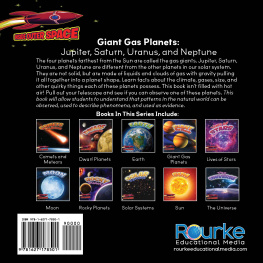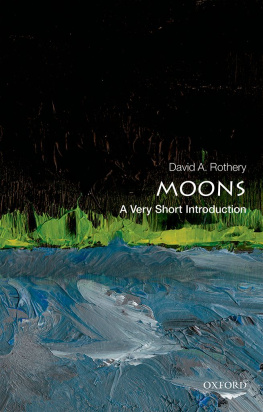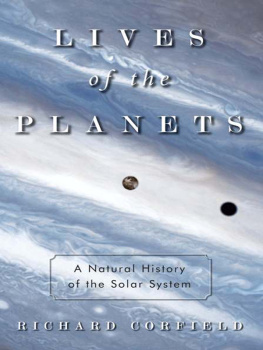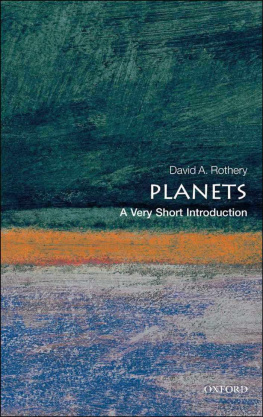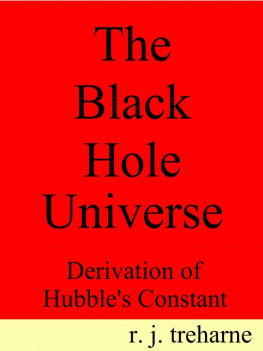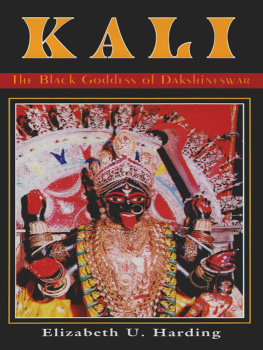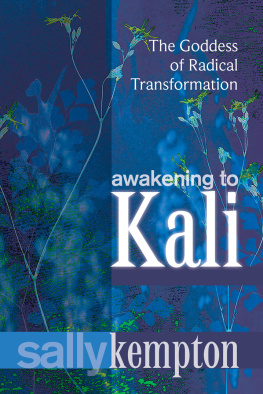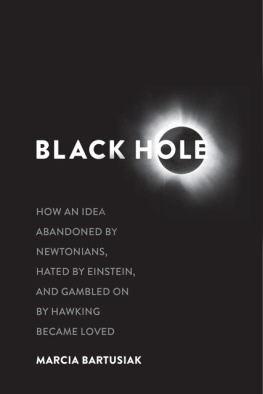


The Ouroboros Wave
2002 Jyouji Hayashi
Originally published in Japan
by Hayakawa Publishing, Inc.
English translation 2010 VIZ Media, LLC
Cover illustration by Tomoyuki Fukutome
No portion of this book may be reproduced or transmitted in any form or by any means without written permission from the copyright holders.
HAIKASORU
Published by
VIZ Media, LLC
295 Bay Street
San Francisco, CA 94133
www.haikasoru.com
ISBN: 978-1-4215-4055-9
Haikasoru eBook edition, November 2010
CONTENTS
HAPPENSTANCE is necessity in disguise.
A proverb is often borne out by events, and the discovery of the black hole humankind would eventually name Kali was one of these events. If Dr. Ochiai hadnt entered erroneous coordinates for her X-ray observation satellite, its sensors would never have focused on a seemingly empty part of the heavens. Kali would have remained undiscovered, at least for the time being.
But happenstance was not content with fortuitous discovery. Kali was an astonishingly small black hole, about the same mass as Mars, emitting X-rays with clockwork regularity for reasons unknown. It was purest chance that the satellite turned its collimator toward Kali at the right moment to detect its emissions.
Kali may have been as old as the universe itself; the Big Bang gave birth to countless black holes. The smallest of these objects evaporated, and in the billions of years since the universe came into being, every black hole with less than a trillion kilograms of mass had disappeared. Kali, however, was six hundred billion times more massive.
At first it was just another object of interest for astronomers. But when those members of the human species who had already begun to make their home in space realized that this black hole was on a collision course with the Sun, they took action. Kalis orbit would be changed. Its energy would even be harnessed for humanitys benefit.
These actions sprang from necessity. Humans were not yet able to perceive meaning in the chance events that followed in necessitys wake.
A.D. 2123
THE FUNERAL BEGAN as the sun climbed above the rings horizon. Moments earlier, East Platform had been in utter darkness. Now that smooth metallic surface, fifty meters broad, flashed into brilliance as light reflected from it. And the sun kept rising.
The shadows of the astronauts stabbed out across the platforms two hundred meters. As the sun climbed higher, each shadow withdrew into its owner like a living organism. Twelve minutes later the sun was at the zenith. For a few seconds the shadows disappeared. Then they began reaching out in the opposite direction.
This orientation kept solar energy distributed uniformly across Ouroboros, a revolving ring more than four thousand kilometers across. Still, this was a funeral, and the mourners took notice. The sun rose, fell, and rose again in less than an hour, whispering of death and resurrection.
YesterdaySeptember 13, 2123our friend and colleague, the brilliant astronomer Dr. Graham Chapman, was transformed into a celestial object.
Catherine Sinclaire had been a close associate of Dr. Chapman in System Control. As she finished speaking, a bright ring of gas floated into view over the heads of the mourners. At the same moment, the sun reached the zenith. The three-dimensional image dimmed in the sunlight.
The hologram showed the black hole at the center of Ring Mega-Structure Ouroboros, over two thousand kilometers away. The accretion disk pulsed with energy as it spiraled into Kali, glowing with fission reactions. As Chapman fell toward the event horizon his mass was converted to energy.
Catherines partner Tatsuya Kawanishi watched the hologram on his web, a multifunction computing and communications device. Kali was only a few millimeters across, but Chapmans disappearance into the singularity couldnt be viewed with the naked eye.
The ultimate goal of AADDthe Artificial Accretion Disk Development associationwas to create an accretion disk around Kali as a source of harvestable energy. But this disk was different. It was Graham Chapman himself. Cosmic gravitational and tidal forces had transfigured him.
AADD had neither priests nor any need for them. Funerals did not comfort the spirits of the dead. They gave closure to the living. AADD funerals did not include religion, and AADD members did not stake their fate on a deity. Fate was something to be shaped with ones wits. The awe felt by a single human confronting the immensity of space far surpassed any religious teaching. No one here was arrogant enough to imagine that a deity would trouble itself with the affairs of humanity. Such a being might exist or it might not. It made little difference.
East Platform was the only place on the ring large enough for close to a hundred mourners. It was also the scene of the accident. Until yesterday, two cylindrical habitat modules had stood here, awaiting the start of full-scale construction. But the crews had not yet arrived, otherwise there would have been more casualties. Now only fragments of the modules remained on the expanse of bare metal.
Chapmans body, still in its space suit, had struck the modules, demolishing them. Luckily the structures on the inner side of the ring had escaped damage. But here on the outer surface, only the laser cannons standing guard against meteor strikeseach of the rings four platforms had twowere unscathed. For now, the cannons were off-line.
All of the AADD division chiefsmen and women responsible for the construction of Ouroboroswere here, clad in hard-shell space suits. No one was recognizable; they communicated using their webs.
In spite of the anonymity imposed by the space suits, the somber mood on the platform was palpable. Chapman had been one of System Controls senior personnel, and most of those present had had at least some contact with him. Several mourners, including Catherine and Tatsuya, had been very close to him. Even those who hadnt known Chapman well were shocked by the accident. His death marked the first fatality on the Chandrasekhar Station construction project.
One after another, Chapmans friends shared their impressions of the deceased. He had hardly been a saint, but his virtues had outweighed his flaws. He had sometimes been hasty in judgment, but his achievements spoke for themselves. As the mourners recounted their memories, a shared sense emerged. Dr. Graham Chapman had been a human being, neither hero nor icon.
It was then that the mourners realized the funeral was over.

AADD DID NOT FIT the usual image of a corporation. There were responsibilities and functions, but no rank or hierarchy. This alone made it difficult for Terrans to understand.
AADD was a collective of teams. Each team had a functional specialty and was independent, coming together with other teams as needed. Chandrasekhar StationOuroboros was only the first stagewas a typical example. The project teams were autonomous, but in the minds of their members, everything tied back to AADD. The picture was further blurred by the constant migration of specialists between teams. It wasnt unusual for teams to merge and divide again, amoebalike.
Dr. Chapman was typical of AADDs senior members. An astronomer by profession, he had also had deep expertise in data processing and artificial intelligence. He, Catherine, and Tatsuya had shared overall responsibility for System Control.
Next page
